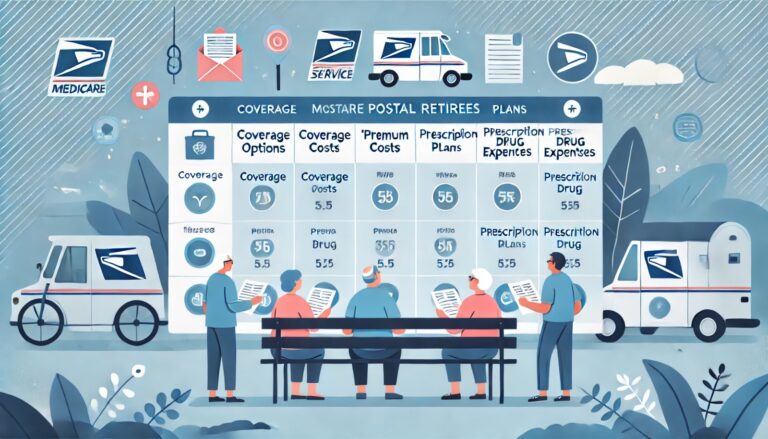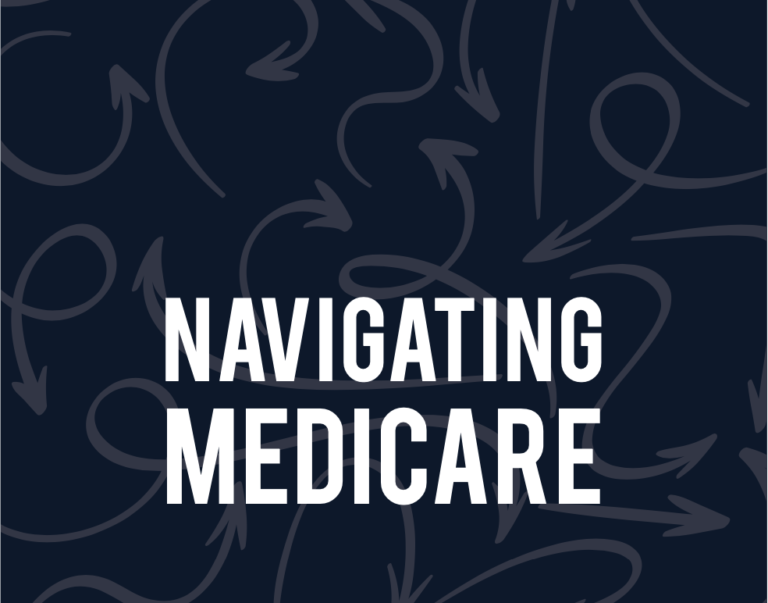Navigating Medicare Supplement Plans: Do You Need Medigap?
When enrolling in Medicare, understanding the various components and options is critical to making the most of your coverage. One essential decision many beneficiaries face is whether to purchase a Medicare Supplement Insurance policy, commonly known as Medigap. These policies are designed to fill the “gaps” in Original Medicare coverage, but they may not be necessary for everyone. This guide will help you navigate Medigap plans, explore their benefits, and determine whether they’re right for you.
What Is Medigap?
Medigap is a private insurance policy that works alongside Original Medicare (Parts A and B) to help cover out-of-pocket expenses such as copayments, coinsurance, and deductibles. These costs can add up quickly, especially for those who require frequent medical care or hospitalization.
Medigap policies are standardized in most states, meaning each plan type (e.g., Plan A, Plan G, or Plan N) offers the same benefits regardless of the insurer. However, premiums may vary depending on the provider and your location.
What Does Medigap Cover?
Medigap plans do not cover everything, but they address some of the most significant gaps in Original Medicare. Typical expenses covered by Medigap include:
- Part A Hospital Coinsurance and Hospital Costs
Medigap policies typically cover the substantial daily coinsurance costs you might face if hospitalized for an extended period. - Part B Coinsurance or Copayments
Original Medicare typically requires you to pay 20% of the cost of most outpatient services. Medigap plans can reduce or eliminate this burden. - Blood (First Three Pints)
Medicare only covers blood starting from the fourth pint; Medigap picks up the tab for the first three pints. - Foreign Travel Emergency Care
Some Medigap policies provide limited coverage for emergency healthcare services outside the U.S., a benefit not included in Original Medicare. - Excess Charges
Certain plans, such as Plan G, cover excess charges—fees that some doctors may charge above Medicare’s approved amount.
What Medigap Doesn’t Cover
It’s crucial to understand that Medigap policies are not comprehensive health insurance plans. They don’t cover:
- Prescription drugs (consider Medicare Part D for drug coverage).
- Vision, dental, or hearing services.
- Long-term care.
- Private-duty nursing.
Who Should Consider a Medigap Plan?
Medigap can be a wise investment for many people, but it’s not suitable for everyone. Here are scenarios where a Medigap policy may make sense:
- Frequent Medical Care Users
If you anticipate significant healthcare needs, a Medigap plan can save you from high out-of-pocket expenses. - Travelers
Individuals who frequently travel outside the U.S. may benefit from the foreign travel coverage included in some Medigap plans. - Preference for Predictable Costs
Medigap provides more predictability in healthcare expenses, which can be appealing to those on a fixed income. - Wanting Access to Any Doctor Accepting Medicare
Medigap allows you to see any doctor or specialist who accepts Medicare without requiring a referral or worrying about network restrictions.
Who Might Not Need Medigap?
For others, Medigap may not be necessary. Here are some scenarios:
1. Beneficiaries with Medicare Advantage
If you’ve opted for a Medicare Advantage Plan (Part C), you can’t use a Medigap policy. Advantage plans often include extra benefits like vision, dental, and drug coverage, though they may have network restrictions.
2. Those Who Rarely Need Medical Care
If you’re healthy and don’t expect to use many medical services, the premiums for Medigap might outweigh the benefits.
3. Low-Income Beneficiaries
Individuals who qualify for Medicaid or other financial assistance programs may have their out-of-pocket costs covered, making Medigap unnecessary.
How Much Does Medigap Cost?
The cost of Medigap varies depending on several factors:
- Plan Type: More comprehensive plans (like Plan G) typically cost more than basic plans (like Plan A).
- Location: Premiums can vary widely by state and region.
- Age: Some insurers use age-based pricing, meaning your premiums may increase as you get older.
- Gender and Health Status: Some insurers may consider your gender or health during underwriting, affecting costs if you apply outside the initial enrollment period.
When Should You Enroll in Medigap?
Timing is critical when purchasing a Medigap policy. The best time to enroll is during your Medigap Open Enrollment Period, which begins the month you turn 65 and are enrolled in Medicare Part B. During this six-month window:
- Insurers cannot deny you coverage or charge higher premiums due to pre-existing conditions.
- You have the widest selection of plans available.
If you miss this window, insurers may require medical underwriting, and you could face higher costs or even denial of coverage.
How to Choose a Medigap Plan
Choosing the right Medigap plan requires careful consideration of your healthcare needs and budget. Follow these steps:
- Assess Your Healthcare Needs
Consider how often you visit doctors, your prescription drug needs, and whether you travel internationally. - Understand Plan Types
Familiarize yourself with the ten standardized Medigap plans (A through N). Each offers different levels of coverage and cost-sharing. - Compare Premiums
Get quotes from multiple insurers in your area to find the most affordable option for the coverage you need. - Check the Insurance Company’s Reputation
Choose a reputable insurer with strong financial stability and customer service ratings. - Consult a Licensed Agent
An experienced Medicare agent can help you navigate your options and avoid costly mistakes.
Alternatives to Medigap
If Medigap doesn’t seem like the right fit, you might consider these alternatives:
1. Medicare Advantage Plans
These plans often include additional benefits like dental, vision, and drug coverage, though they may require staying within a network of providers.
2. Health Savings Accounts (HSAs)
If you have a high-deductible health plan, an HSA can help you save tax-advantaged dollars for medical expenses.
3. Medicaid
Low-income individuals may qualify for Medicaid, which often covers Medicare’s out-of-pocket costs.
The Pros and Cons of Medigap
Pros:
- Reduces out-of-pocket costs.
- Provides access to any provider who accepts Medicare.
- Offers predictable expenses.
Cons:
- Monthly premiums can be expensive.
- Doesn’t include dental, vision, or prescription drug coverage.
- Not compatible with Medicare Advantage Plans.
Final Thoughts: Do You Need Medigap?
The decision to purchase a Medigap policy ultimately depends on your financial situation, health status, and personal preferences. If you’re concerned about unpredictable healthcare costs and prefer the freedom to choose any Medicare-accepting doctor, Medigap could be a valuable addition to your coverage. However, if you’re on a tight budget or already have coverage through a Medicare Advantage Plan, Medigap may not be necessary.
To ensure you make the right choice, take the time to research, ask questions, and consult with Medicare experts. By understanding your options, you’ll be better equipped to navigate the complexities of Medicare and secure the coverage that best meets your needs.
Read More Blog
Follow Us On:- Facebook








